Florida is a great place for fishing, offering dozens of fish species and plenty of spots in the deep blue sea or calm rivers and lakes.
With so many incredible locations to choose from, you may be wondering where to go and when is the best time. This blog post will be your complete and convenient manual for exploring the various fishing seasons in Florida.
We will list the important information you need to catch the big fish! If you’re looking for fishing bass, sea trout, tarpon, or grouper, let’s jump straight into the Florida fishing seasons and get you ready!
Florida Freshwater Fishing Seasons
Florida has 3 million acres of lakes, ponds, and reservoirs, as well as about 12,000 miles of fishable rivers, streams, and canals, all without any closed seasons for fishing. Every year, over 1.2 million anglers are entertained by the recreational fishery resources found in these waters.
The following are the species and the best seasons for fishing in Florida.
Black Bass
The most representative black bass in Florida is largemouth bass. It is one of the most common native fishes in Florida. You can find them almost in every freshwater.
The best time to fish black bass is Spring, in the early morning or late afternoon. March to April is the most active time for them to spawn in the shallow water.
To fish black bass, the best live bait is a golden shiner with a plastic worm bait. It is recommended to use a medium to medium-heavy rod with a 14- to 20-pound test line, especially in areas with thick vegetation or cover.
It is suggested to prepare both light color and dark color worms because different bass may favor different kinds of baits. Bait worms, rigged weightless, are perfect for lively bass and thick underwater plants.
Black Crappie
Crappie usually like to spawn in cooler months so it is the ideal time to fish them in early Spring, like January to February. While in Summer, it is also a good time to fish them, especially in the evening.
The best fishing spots for crappie are Lake Talquin, Kissimmee Chain, St. Johns River, etc. Try to use a small #4 hook with light wire and a small split shot under a float. Crappies can be easily hooked using fake baits and feathered or curly-tail jigs in different colors.
Striped Bass
Striped bass could not stand warmer water so the best season to fish them is in colder months, from Fall to Spring. St. Johns Rive, Lake George and Wekiva River are great places for fall and spring striper fishing.
Live shad, menhaden, golden shiners, croakers, or eels are effective bait choices to catch stripers. It is suggested to use heavy tackle with 3- to 4-oz. weights in high-flow areas.
Bream
Bream is referred to various sunfish species, normally Bluegill. Bluegill spawn in the Summer so it is also the best time to fish them on the hot days.
You can find them in most rivers, and Suwannee River is their best fishing spot. Bluegill mainly feed on insects and larvae. Worms, crickets, grubs, sand maggots are the most effective baits for catching them.
It is recommended to use a small hook, like a size #6 or #8 with a split shot sinker, and better to target those shallow water areas.
Catfish
Catfish can be caught year-round in Florida. But they tend to spawn in the late Spring and be most active in Summer.
They are more active during twilight and nighttime hours. This makes it an excellent time for catfish fishing.
For the best fishing spots, the Escambia River, Choctawhatchee River and Yellow River would be good choices.
We know that catfish has sensitive whiskers and it is useful to apply some baits with strong odors. Suggestions would be : Earthworms and freshwater clams as baits; use a strong #2 to #4 hook and a large split shot sinker when fishing at the bottom.
Florida Saltwater Fishing Seasons
There are a lot of saltwater fish species that you can harvest in Florida. Here we will list some of the popular options so that you can learn more about when to fish and how to fish them.
Gag Grouper
Grouper usually spawn between January and May. This will be the active time to catch them.
They like to live in deep water, especially close to rocky bottoms, reefs, and steep walls. To fish them, you can use live or dead fishes as bait, using strong gear to reel in the grouper and pull them out of the surface.
Snook
Snook is one of the popular sportfish in Florida. The best season to fish Snook would be from Summer to Fall( May to September).
There are various lures can be chosen depending on the water conditions. It is suggested to utilize live pinfish, small mullet, shrimp, or sardines by using either free-lined or fished off the bottom with a fish finder rig.
Hogfish
The most active breeding seasons for hogfish are March to April. After that, it will be the best time to fish them. The state has set rules on the season dates.
The seasons open on May 1-Oct. 31 at Atlantic State Waters, and open year-round at other Gulf federal waters.
The daily bag limits are as follows:
Atlantic State Waters: five fish per angler
Gulf Federal Waters: one fish per angler
Snappers
From June to October, it is the breeding time for red snapper. But the 2024 season for red snappers hasn’t been released yet. Except for the red snapper, other similar species can be harvested year-round.
Snappers live in the ocean close to man-made or natural structures and the juveniles can be located on sandy or muddy seabeds. The most commonly used lures for snapper are soft-bodied jigs, bucktails and spoons.
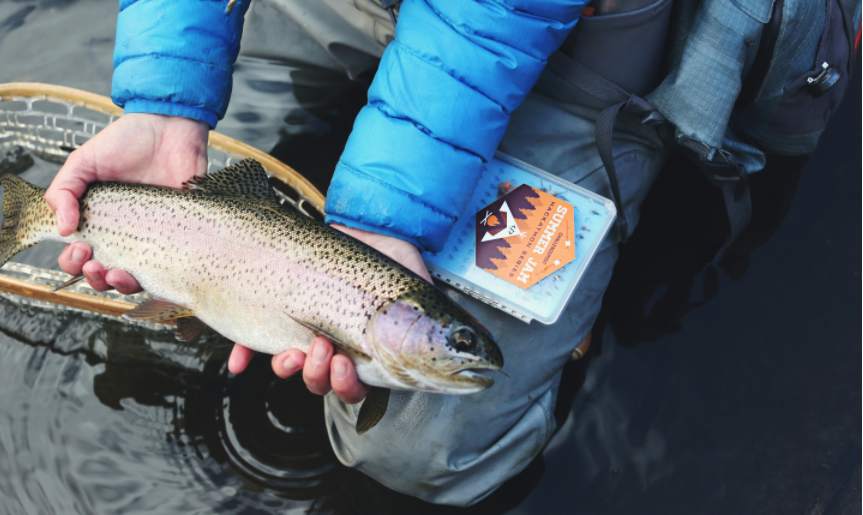
Florida License-Free Fishing Seasons
If you don’t have a fishing license, don’t worry, you can still go fishing. Florida offers extra opportunities for everyone without a license. Anglers can enjoy fishing in license-free seasons on certain dates. Here are the details:
License-free freshwater days
April 6 – 7, 2024
June 8 – 9, 2024
License-free saltwater days
June 1- 2, 2024
September 7, 2024
November 30, 2024
Florida Fishing Regulation &Licenses
General Regulations
- A freshwater/saltwater fishing license is required for Fish Management Area lakes.
- It is not allowed to have fishing gear on any Fish Management Area that is not open for fishing.
- Anglers need to follow the bag limits and methods that apply to the FMA areas.
- Possessing nets like minnow seines, cast nets, dip nets, fish traps, trotlines, or setlines is not allowed unless authorized by rules for a specific Fish Management Area.
- Individuals must only enter or exit Fish Management Areas through designated entry points.
- It is allowed to search any vehicle, boat, or transportation device within a Fish Management Area while they are inside, entering, or leaving.
- Fish Management Areas could be closed temporarily for management projects (e.g., drawdowns), due to unsafe conditions.
- Releasing wildlife or freshwater fish on Fish Management Areas with intent is not allowed.
Licenses
The following are the costs for freshwater and saltwater licenses:
- Resident Annual: $17.00
- Resident Youth: $17.00
- Resident Five-Year: $79.00
- Non-Resident Annual: $47.00
- Non-Resident 3-Day: $17.00
- Non-Resident 7-Day: $30.00
The licenses can be purchased via the official Florida Fish and Wildlife site, any license agent, or by phone call at 888-347-4356.
* For specific species, you may need to purchase the required permit together. Such as if you want to fish Snook, you will need a Snook permit and saltwater fishing license.
Conclusion
To sum up, Florida provides different fishing seasons and chances for fishermen. There are plenty of opportunities available for fishing various species like bass, bluegill, and catfish in more than 8000 lakes.
Before going fishing, make sure to understand the best timing, preferable baits, and techniques for each species.
Your fishing gear is also important to keep you dry and comfortable on the water all day. Check out the Kalkal waterproof deck boots for fishing with a discount.
Stay hooked folks, it’s time to fish Florida!


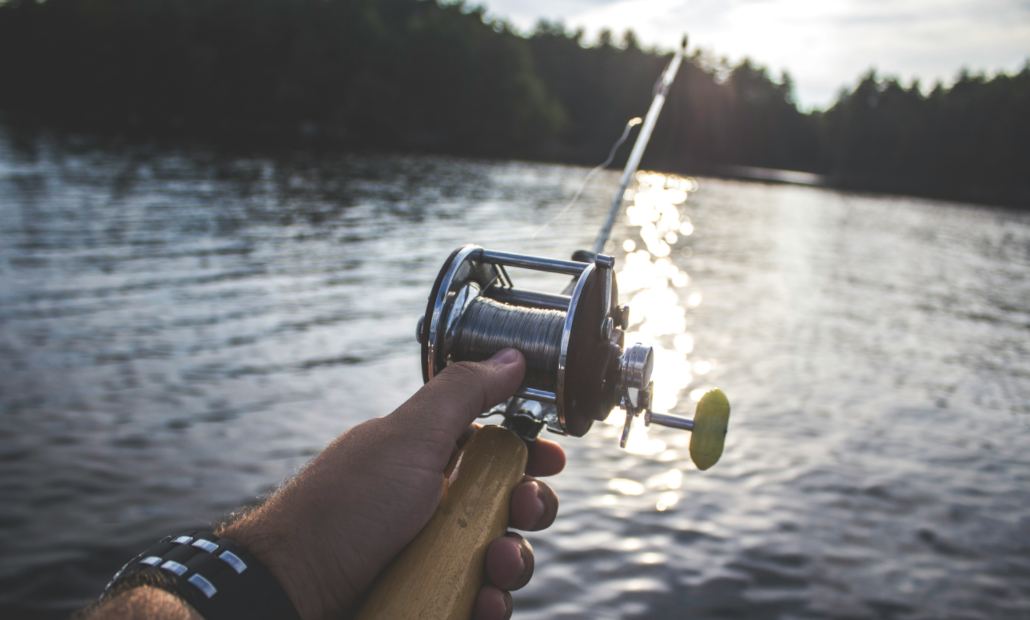



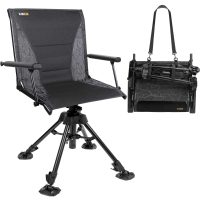


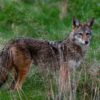

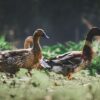
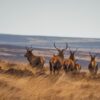

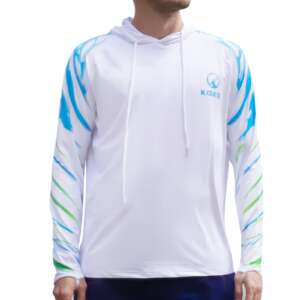

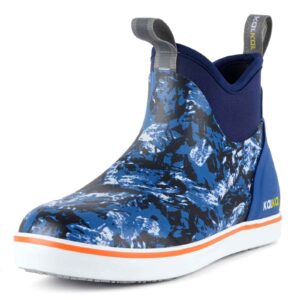

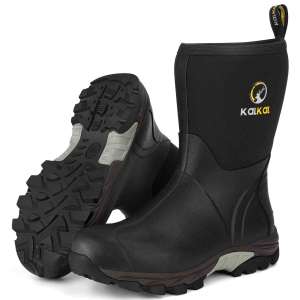


Leave a reply